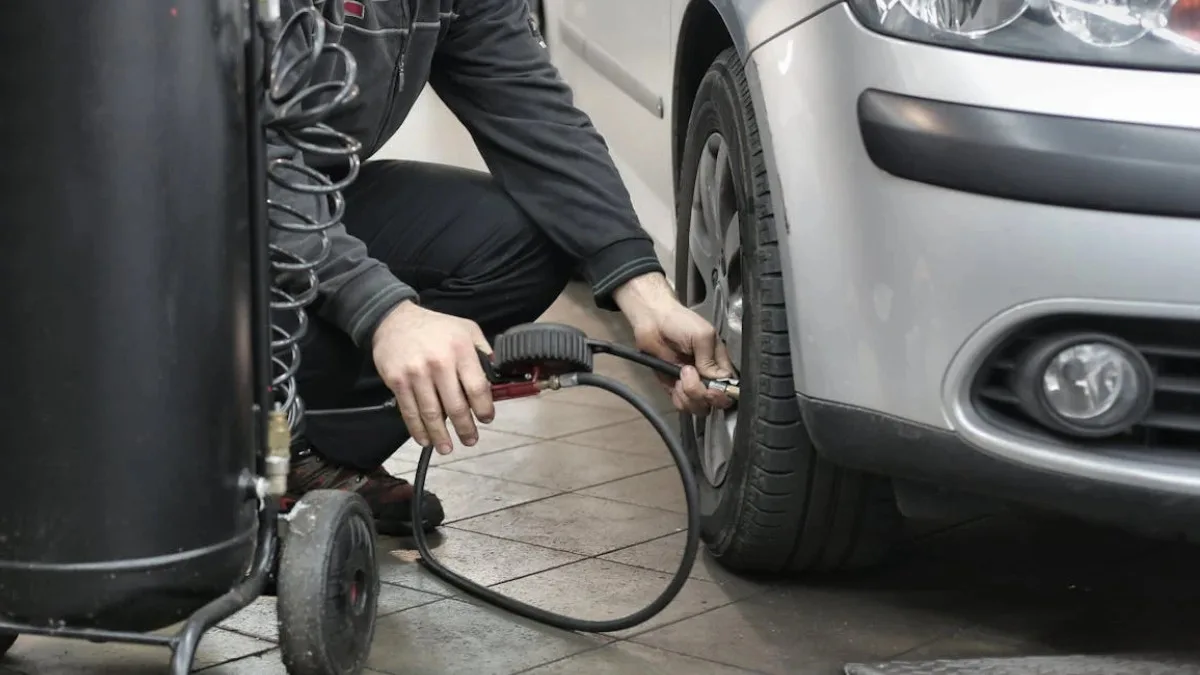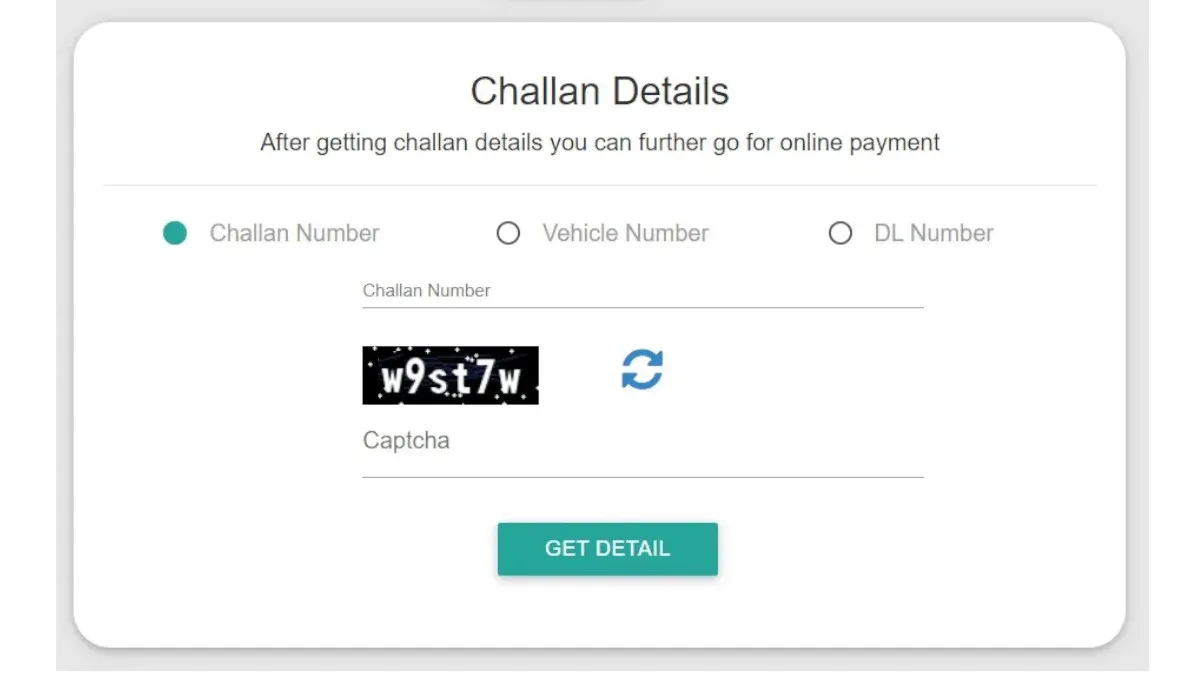Maintaining the correct tyre pressure is often overlooked but crucial for your car’s performance, safety, and fuel efficiency. Underinflated or overinflated tyres can lead to a host of problems, from poor handling and increased fuel consumption to tyre blowouts. This guide will walk you through the steps to achieve the perfect tyre pressure for your vehicle.
Why Tyre Pressure Matters
Tyre pressure is the amount of air inside your tyres, measured in pounds per square inch (PSI) or kilopascals (kPa). Maintaining the correct pressure ensures optimal tyre performance and extends their lifespan.
- Safety: Incorrect tyre pressure affects braking, handling, and overall vehicle control. Underinflated tyres can lead to blowouts, while overinflated tyres reduce traction.
- Fuel efficiency: Properly inflated tyres reduce rolling resistance, improving your car’s fuel economy.
- Tyre life: Maintaining correct pressure prevents uneven wear, maximizing tyre lifespan.
- Ride comfort: The right tyre pressure provides a smoother and more comfortable ride.
Finding the Right Tyre Pressure
The ideal tyre pressure for your car is specified by the manufacturer. You can find this information in your owner’s manual or on a sticker located on the driver’s side door jamb.
- Cold tyre pressure: Always check tyre pressure when the tyres are cold, meaning the car has been parked for at least three hours. Driving even a short distance can increase tyre temperature and pressure.
- Load-dependent pressure: Some vehicles require different tyre pressures based on the load. Check your owner’s manual for specific guidelines.
How to Check Tyre Pressure
Equipment:
- Tyre pressure gauge
Steps:
- Locate the valve stem: This is the metal part protruding from the tyre where you add air.
- Remove the valve cap: Unscrew the cap to expose the valve stem.
- Attach the gauge: Press the gauge firmly onto the valve stem.
- Read the pressure: The gauge will display the tyre pressure.
- Compare to recommended pressure: Check if the pressure matches the recommended value.
- Add or release air: If the pressure is low, add air using a tyre inflator. If it’s high, use the gauge’s release button to reduce pressure.
- Repeat for all tyres: Check and adjust the pressure for each tyre, including the spare.
- Replace valve caps: Securely tighten the valve caps.
Tips for Maintaining Tyre Pressure
- Regular checks: Check tyre pressure at least once a month, or more frequently if you drive long distances or in extreme weather conditions.
- Monitor tyre condition: Look for signs of underinflation or overinflation, such as uneven wear, bulging, or flat spots.
- Consider a digital gauge: Digital tyre pressure gauges offer precise readings and often include additional features like temperature measurement.
- Professional checks: Have your tyre pressure checked by a professional during regular vehicle maintenance.
By following these guidelines and consistently maintaining the correct tyre pressure, you can enhance your car’s safety, performance, and fuel efficiency while prolonging the life of your tyres.
Discover more from Wheels Craze - Automotive News, EV News, Car News, Bike News
Subscribe to get the latest posts sent to your email.





